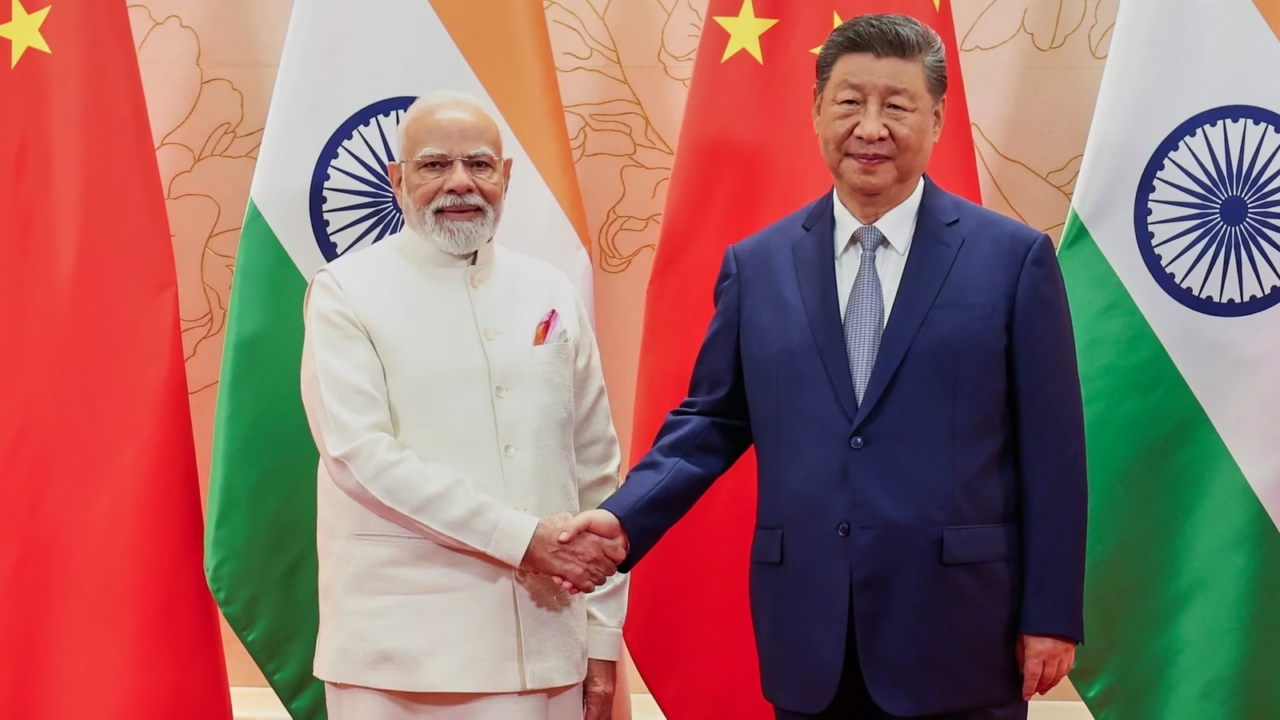During the Shanghai Cooperation Organisation (SCO) summit held in Tianjin, attention was drawn to two leaders whose countries possess the potential to reshape the future of Asia — Chinese President Xi Jinping and Indian Prime Minister Narendra Modi. Their encounter transcended a mere diplomatic formality; it represented a significant moment where centuries of history, decades of rivalry, and the prospect of collaboration intersected. Xi articulated the vision of the “dragon and the elephant” uniting to advance together, while Modi emphasized the recent stability in their bilateral relations. However, beneath the amicable rhetoric lies a pivotal question: can China and India genuinely discover common ground?
The Summit Highlights
Xi Jinping urged India to enhance collaboration in trade, technology, and regional security, underscoring the importance of both nations in fostering a multipolar world. By framing the partnership as vital to the Global South, Xi conveyed China’s aspiration to co-lead with India in influencing the global order.
Prime Minister Modi, while recognizing the “positive progress” made in alleviating border tensions, chose his words with care. He stressed the necessity for peace, stability, and mutual respect as the cornerstone of any partnership. Significantly, India opted not to endorse the SCO’s joint statement, a decision that reflects its reservations regarding issues such as definitions of terrorism and sovereignty clauses — both of which are sensitive matters in India-China relations.
Opportunity and Challenge
Together, China and India represent nearly 3 billion individuals, positioning them as a potential economic powerhouse. Their collaboration has the potential to revolutionize global supply chains, enhance infrastructure connectivity, and fortify climate initiatives. A united stance could also amplify the voices of emerging economies in opposition to Western hegemony.
Nevertheless, the challenges are equally pronounced. Years of distrust originating from the 1962 border conflict, persistent territorial disagreements, and their rivalry for influence in South Asia and the Indo-Pacific continue to put a strain on their relationship. India’s increasing alignment with the U.S. through the Quad, alongside China’s strategic alliance with Pakistan, adds further complexity to the situation.
The Xi–Modi summit epitomized both potential and uncertainty. On one side, the collaboration between the dragon and the elephant could herald a new era of unparalleled Asian leadership, reshaping the global landscape. Conversely, unresolved tensions threaten to keep the relationship ensnared in cautious rivalry. At present, their discussions indicate a readiness to engage — yet whether this will develop into a sustainable partnership or remain merely symbolic will influence not only the future of India-China relations but also the overall stability of Asia itself.

